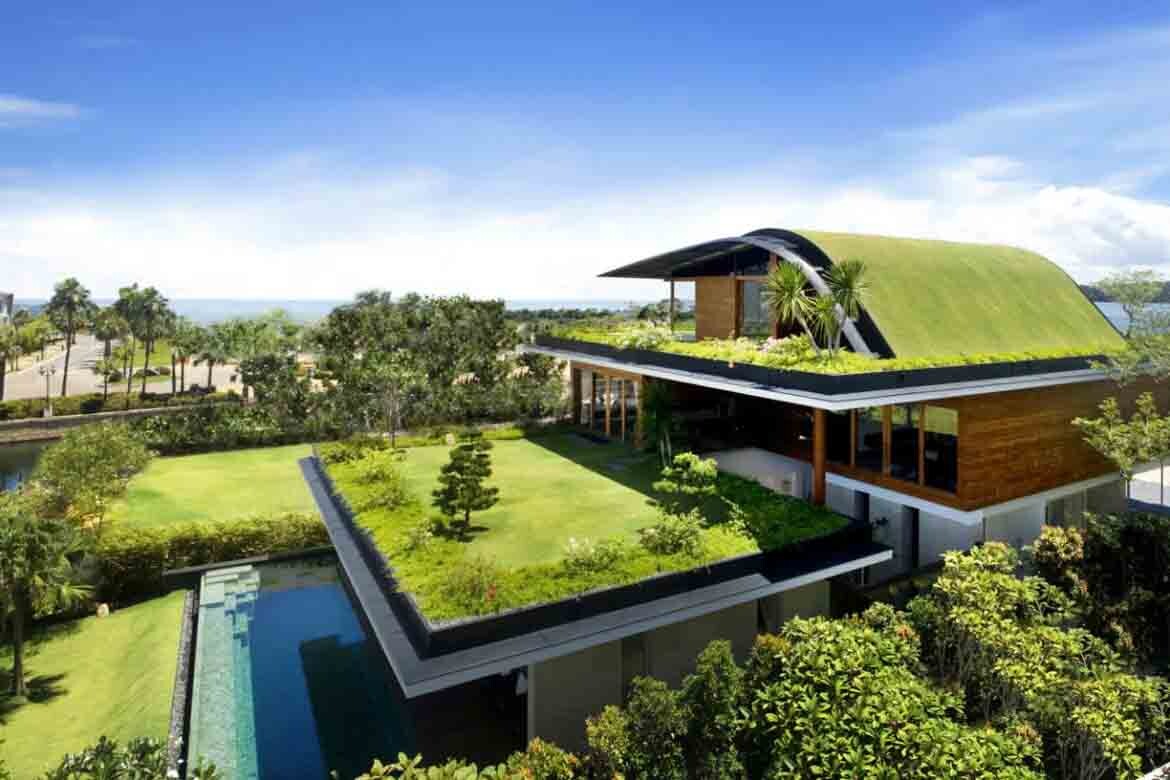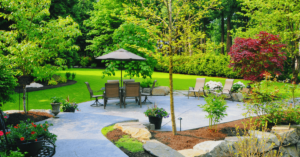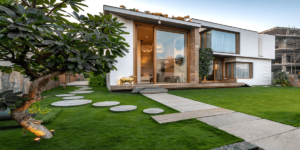
As climate change continues to challenge our planet, homeowners are rethinking how they build and design their living spaces. Sustainable home design isn’t just a passing trend—it’s a movement toward creating homes that are energy-efficient, eco-friendly, and healthier for those who live in them. From choosing eco-conscious materials to integrating renewable energy systems, there are countless ways to design homes that contribute to a greener future.
Sustainable Design With A Personal Aesthetic
One of the myths about sustainable homes is that they lack style or individuality. In reality, eco-friendly design embraces creativity and personal expression. Incorporating natural light, using reclaimed wood, and installing green walls can create a home that feels both beautiful and sustainable.
Just as a snapchat hidden face mirror selfie in saree communicates personality in a subtle, stylish way, sustainable home design balances functionality with aesthetics. It proves that you don’t have to sacrifice style to create a space that respects the environment.
Connecting Sustainability With Community
Green design extends beyond individual households—it strengthens communities. By choosing local suppliers, supporting eco-friendly businesses, and encouraging neighborhood gardens, sustainable living creates collective benefits. Homeowners are increasingly collaborating with businesses that share their values.
In professional contexts, platforms like Australian business listings help connect eco-conscious homeowners with architects, builders, and suppliers who specialize in sustainable practices. These connections ensure that communities grow in ways that are both innovative and environmentally responsible.
Emotional Well-Being In Green Homes
Sustainable homes aren’t only about conserving resources—they also nurture emotional well-being. Natural ventilation, open spaces, and indoor plants improve mental health by reducing stress and boosting positivity. Designing homes with well-being in mind allows people to feel more connected to their environment.
For many, reflecting on personal emotions parallels this process. Online platforms such as www.mysadshayari.com provide spaces for emotional expression and release, just as green homes create physical spaces for relaxation and renewal. Both serve as reminders that sustainability isn’t just external—it’s also about inner balance.

Eco-Friendly Property Choices
When designing or purchasing sustainable homes, location and property type matter. Proximity to public transport, green spaces, and energy-efficient infrastructure makes a significant difference. Smart property selection ensures that your home design aligns with long-term sustainability goals.
Resources like Australia property listing sites now highlight eco-conscious homes and developments, giving buyers the option to choose greener properties. By prioritizing these listings, homeowners support a market shift toward environmentally responsible housing.
Sustainable Dining And Lifestyle Integration
Sustainability extends into daily living, including the food choices we make. Designing homes with outdoor kitchens, edible gardens, or compost systems allows homeowners to embrace eco-friendly dining habits. These choices reduce reliance on processed foods and encourage healthier, greener lifestyles.
This aligns with the broader cultural focus on mindful consumption, much like the growing appreciation for the best restaurants Australia offers. Just as people seek dining experiences that value quality and sustainability, homeowners increasingly design spaces that reflect the same principles in their everyday lives.
Renewable Energy At The Core
A greener home design is incomplete without renewable energy systems. Solar panels, wind turbines, and geothermal heating solutions significantly reduce dependence on fossil fuels. While the initial investment can seem high, these systems often pay for themselves over time through energy savings.
Additionally, advancements in battery storage ensure that renewable energy can power homes even during non-peak times. Integrating these systems into design is no longer futuristic—it’s practical and accessible for modern homeowners.
Water And Waste Management Solutions
Water conservation is another key part of sustainable home design. Rainwater harvesting, low-flow fixtures, and greywater recycling systems reduce water waste. Meanwhile, composting units and recycling stations integrated into kitchens help manage household waste efficiently.
These solutions not only cut down on resource consumption but also encourage households to live more consciously. Every small system contributes to a larger impact, showing that sustainable design is about practical, everyday changes.
Designing For Longevity
Sustainability is also about durability. Choosing long-lasting, high-quality materials reduces the need for frequent renovations or replacements. Bamboo, recycled steel, and stone are just some eco-friendly materials that combine strength with environmental responsibility.
Moreover, designing adaptable spaces that can evolve with family needs prevents wasteful rebuilding. Homes built with foresight and flexibility remain sustainable for decades, proving that good design is timeless.
Conclusion
Building a greener future begins at home. By integrating renewable energy, eco-friendly materials, water conservation systems, and mindful design, modern homeowners can significantly reduce their environmental footprint. Sustainable homes are not only efficient—they are healthier, more resilient, and deeply connected to community and culture.As more homeowners embrace sustainable living, the collective shift will inspire broader change. A greener future is not built overnight, but step by step—through the choices we make in how we live, build, and design our homes. In the end, sustainable home design is about creating spaces that honor the planet while enhancing the quality of everyday life.





